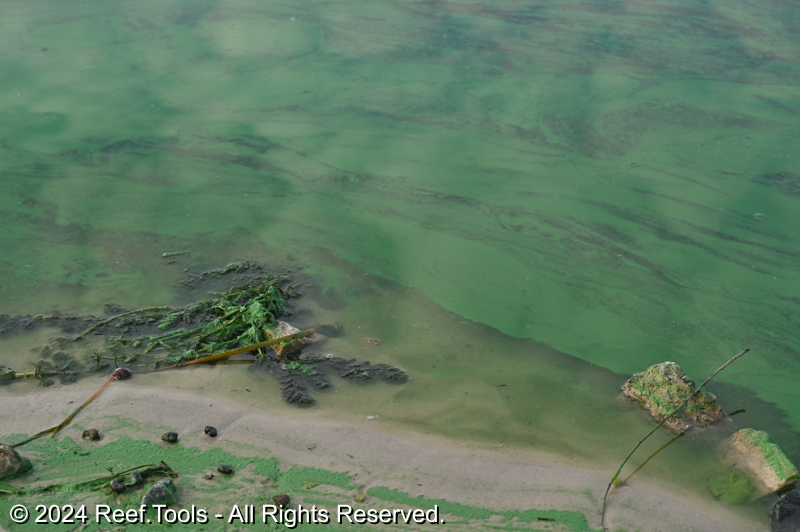Phosphate (PO₄³⁻)
Phosphorus Compounds
Last Reviewed: 12/15/2024
Phosphate (PO₄³⁻) is a vital nutrient in reef aquariums, influencing coral health and the overall balance of the marine ecosystem. Proper management of phosphate levels is essential to prevent adverse effects such as algal overgrowth and inhibited coral calcification. Phosphate is a naturally occurring compound in marine environments, serving as a crucial nutrient for various biological processes. In reef aquariums, maintaining appropriate phosphate concentrations is key to sustaining coral vitality and preventing ecological imbalances.
Natural Seawater Levels
Typical ocean surface phosphate concentrations are very low, sometimes as low as 0.005 ppm.
Risks
Deficiency: Extremely low phosphate levels can limit the growth of beneficial organisms, including corals and macroalgae, potentially leading to imbalances in the aquarium ecosystem.
Excess: Elevated phosphate levels can cause:
- Inhibited Coral Calcification: High phosphate concentrations can reduce the rate at which corals and coralline algae build calcium carbonate skeletons, potentially stunting their growth.
- Algal Overgrowth: Enhanced growth of nuisance algae, outcompeting corals for resources.
Relevancy
Coral Health: Elevated phosphate levels can inhibit the calcification process in corals, leading to reduced skeletal growth and structural integrity. Studies have shown that high phosphate concentrations can decrease coral growth rates and alter skeletal density.
Algal Growth: Phosphate is a limiting nutrient for algae; excessive amounts can fuel the proliferation of nuisance algae, which compete with corals for light and space, potentially leading to reef degradation.
Ocean Values
| Reference Name | Low | High | Optimal | Unit |
|---|---|---|---|---|
| Australia Ocean | 0.0300 | 0.0700 | 0.0500 | mg/L |
| Red Sea Ocean | 0.0150 | 0.0300 | 0.0200 | mg/L |
| Florida Ocean | 0.0250 | 0.0700 | 0.0450 | mg/L |
Regional Variations
Phosphate concentrations can vary based on local environmental factors, such as proximity to agricultural runoff or urban areas, which may influence nutrient levels in natural seawater.
Dosage Recommendations
Target Level: Aim to maintain phosphate concentrations below 0.03 ppm, aligning with natural seawater levels.
Adjustment: Implement gradual changes to nutrient management practices to achieve desired phosphate levels, avoiding sudden fluctuations.
Handling
Testing: Utilize high-quality test kits or professional laboratory services for accurate phosphate measurements.
Intervention: Address elevated phosphate levels promptly through appropriate corrective actions to prevent long-term adverse effects.
Reef.Tools recommends: Maintain Phosphate (PO₄³⁻) concentrations between 0.0100 and 0.1000 mg/L.
References
- Holmes-Farley, R. (2004). "Iron Oxide Hydroxide (GFO) Phosphate Binders." Reefkeeping Magazine. Reef Keeping
- "Effects of phosphate on growth and skeletal density in the coral Acropora muricata." EPA Science Inventory. EPA Hero
- "Phosphate in the Reef Aquarium." Reef2Reef. Reef2Reef
Difficulty
Rating: Moderate
Achieving and maintaining optimal phosphate levels requires consistent monitoring and a balanced approach to nutrient management.
Categorization
Compound Type: Inorganic Anion
Role: Nutrient
Not Usually Deficient
Phosphate is typically present due to ongoing biological processes and feeding regimens in aquariums.
Essential
Phosphate serves as a phosphorus source for various marine organisms, supporting growth and metabolic functions.
Aliases
PO₄³⁻, Orthophosphate
